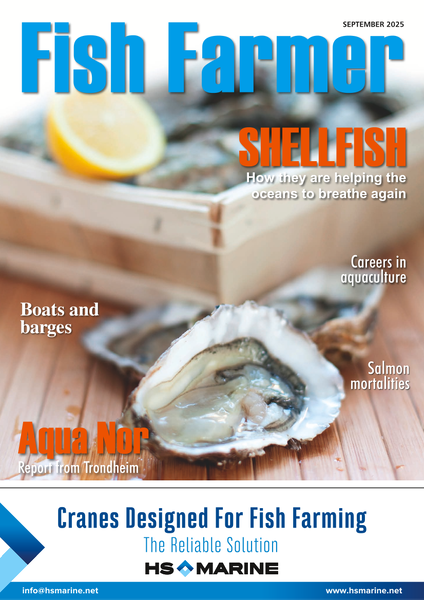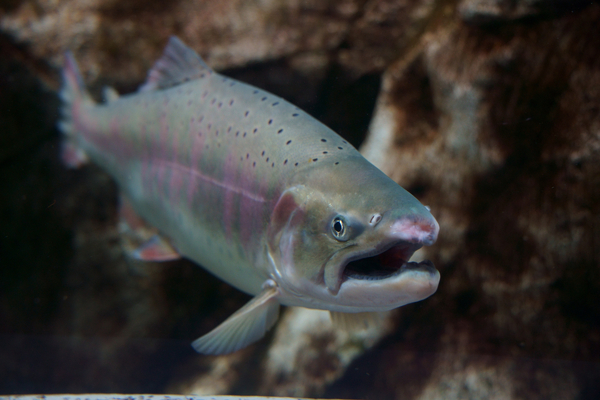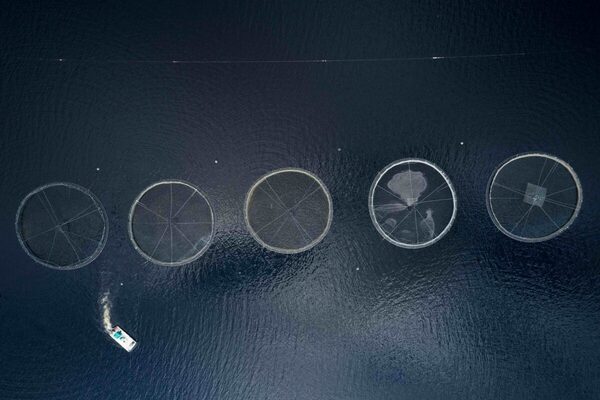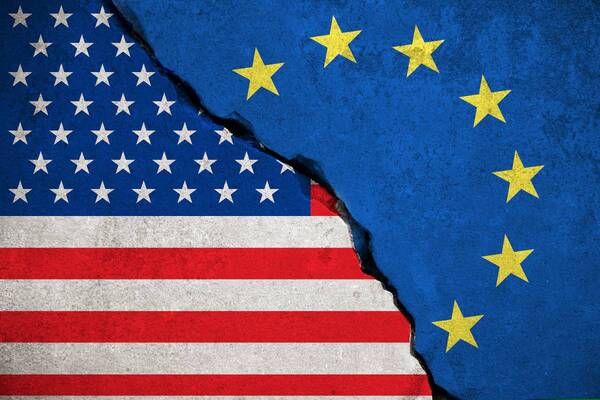Iceland places limit on fertile salmon in farms
Iceland is placing a limit on the volume of fertile salmon that can be farmed over the next two to three years, to reduce the risk of mixing with wild salmon populations.
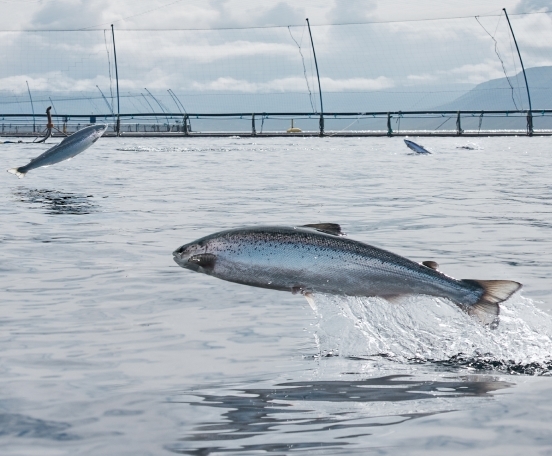
The Icelandic Marine Research Institute has said that, based on government objectives for managing various risks, the combined maximum biomass of spawning farmed salmon between 2025 and 2027 should not exceed 106,500 tonnes.
The regions are being split with the proposal that the farming volume in the Westfjords should be limited to 64,500 tonnes and 42,500 tonnes in the Eastfjords.
The Institute says the advice on a risk assessment of 106,500 tonnes was based on the effectiveness of mitigation measures regarding the management of sexual maturity and monitoring of rivers near the farming areas.
The Institute is also arguing that without such mitigation measures, the figures should be even lower and limited to just 50,000 tonnes as a precautionary measure.
In that case the 50,000 tonnes would be divided up with 25,300 tonnes in the Westfjords and 24,700 tonnes in the east of the country.
The Marine Research Institute is required under the Aquaculture Act to to review the risk assessment of genetic mixing every three years or as often as deemed necessary.
The Icelandic trade seafood press is reporting that a draft risk assessment has been sent to the Consultative Committee on Aquaculture, which advises the government on industry issues.
This committee is currently working on the submitted draft, adding that afterwards it will be then be up to the Marine Research Institute to take a substantive position on the committee’s opinion before issuing a final proposal for a risk assessment.
Why not try these links to see what our Fish Farmer AI can tell you.
(Please note this is an experimental service)
